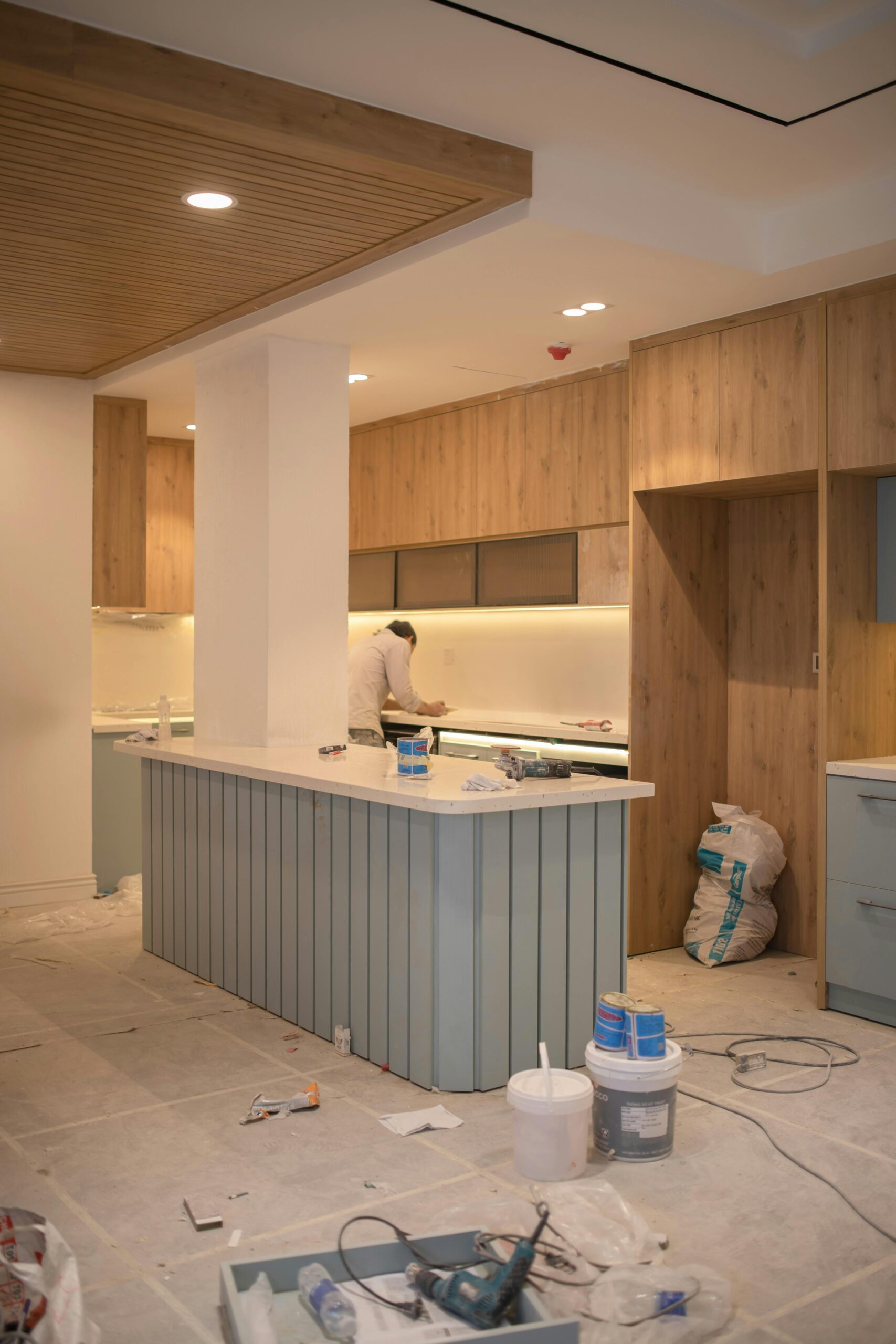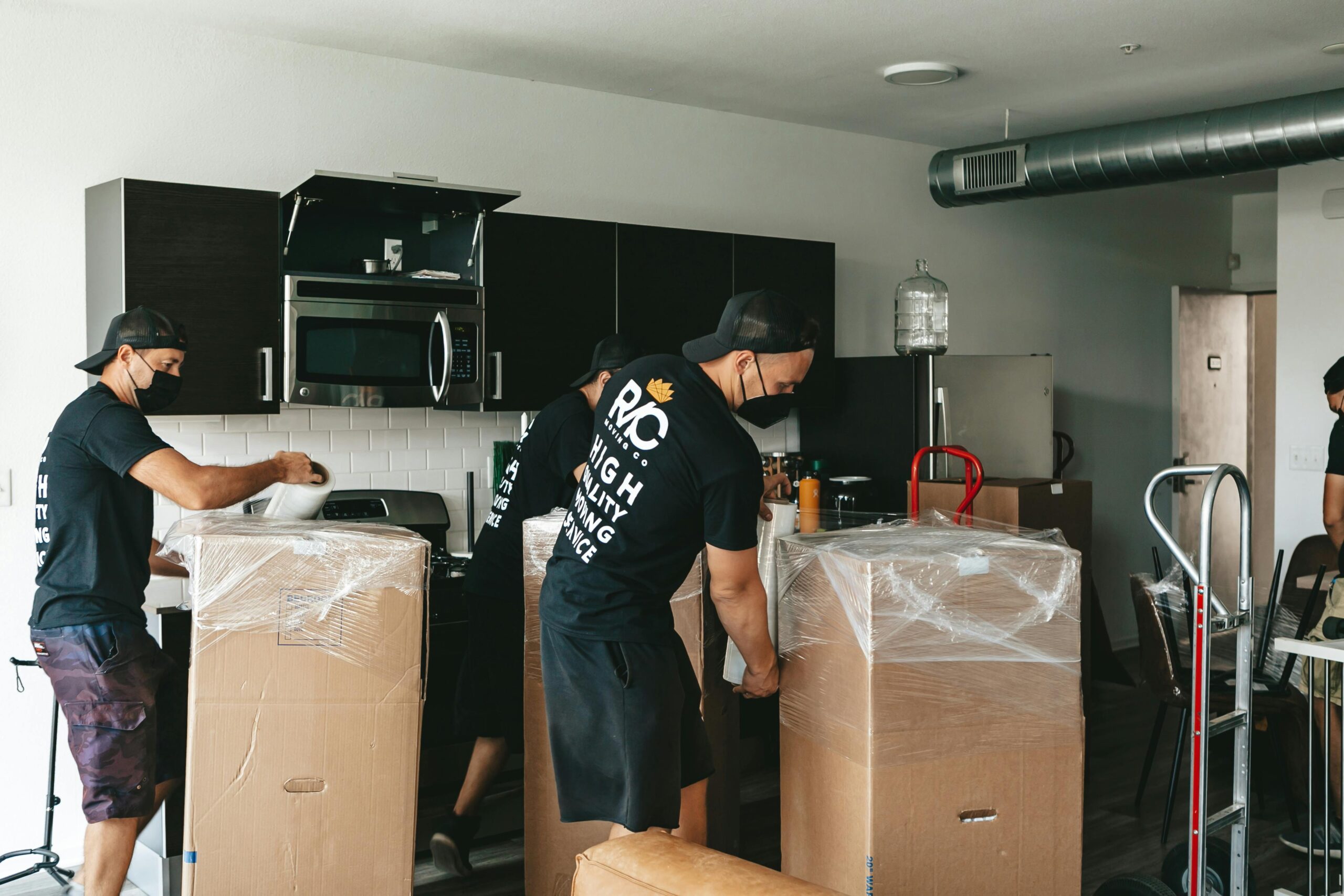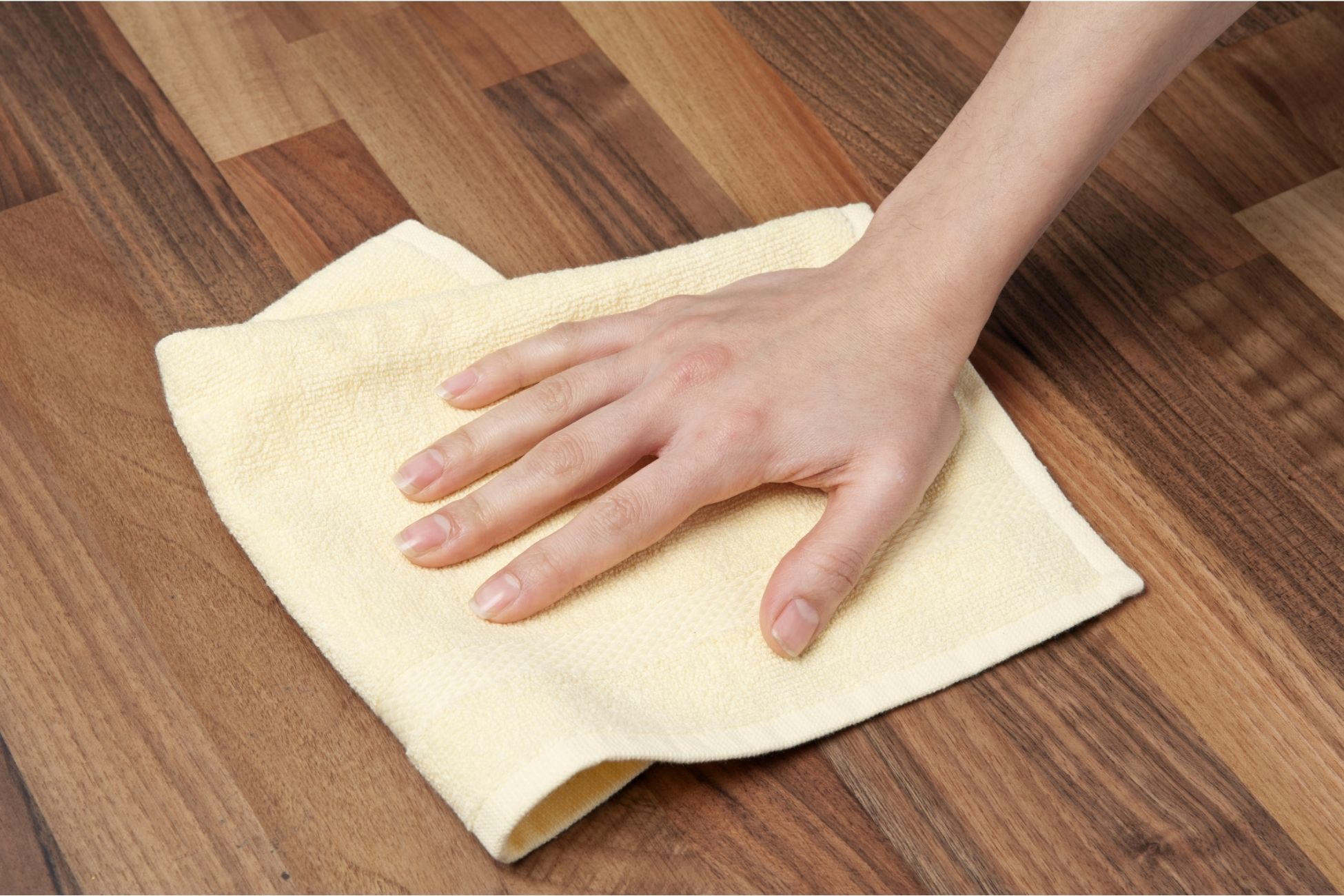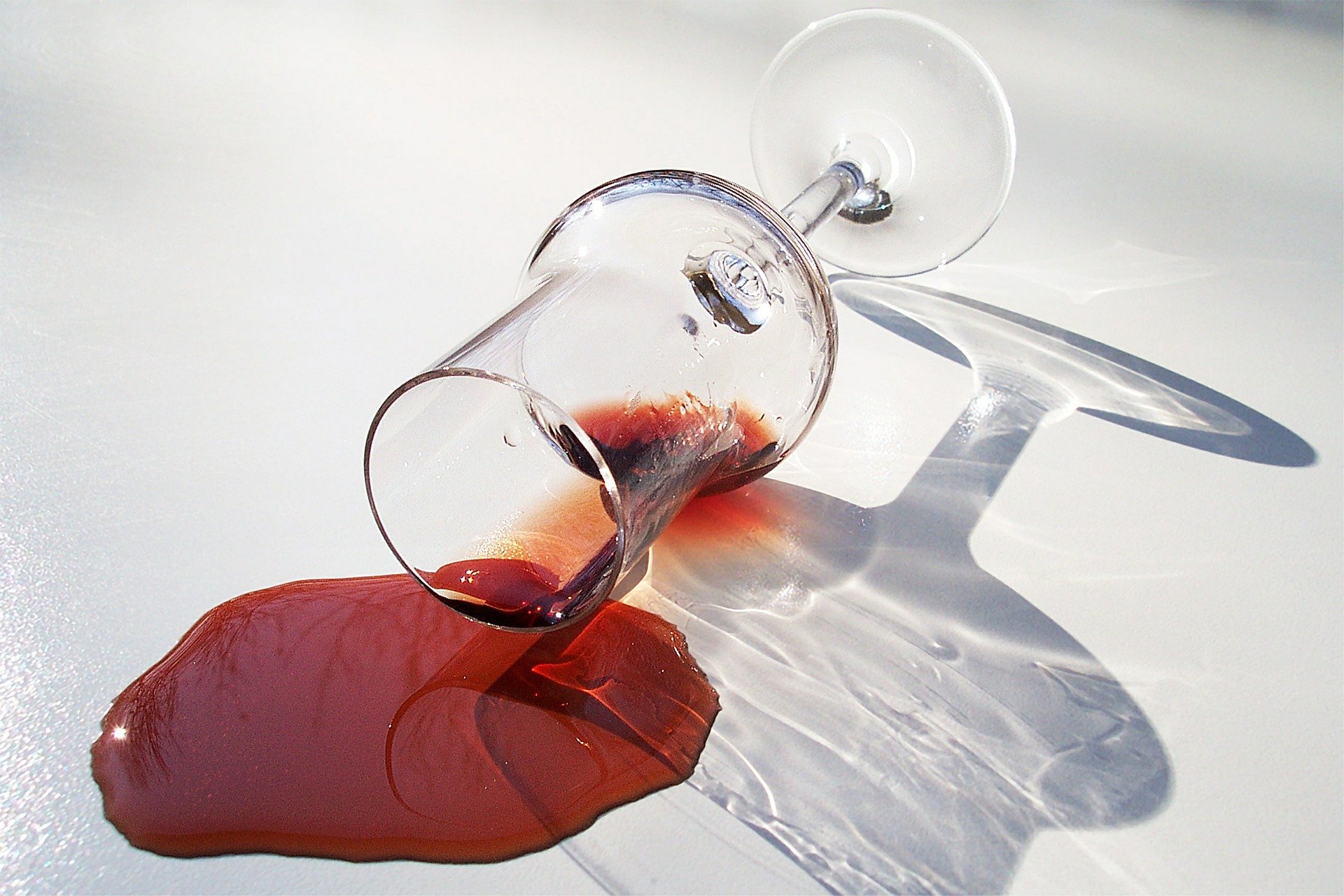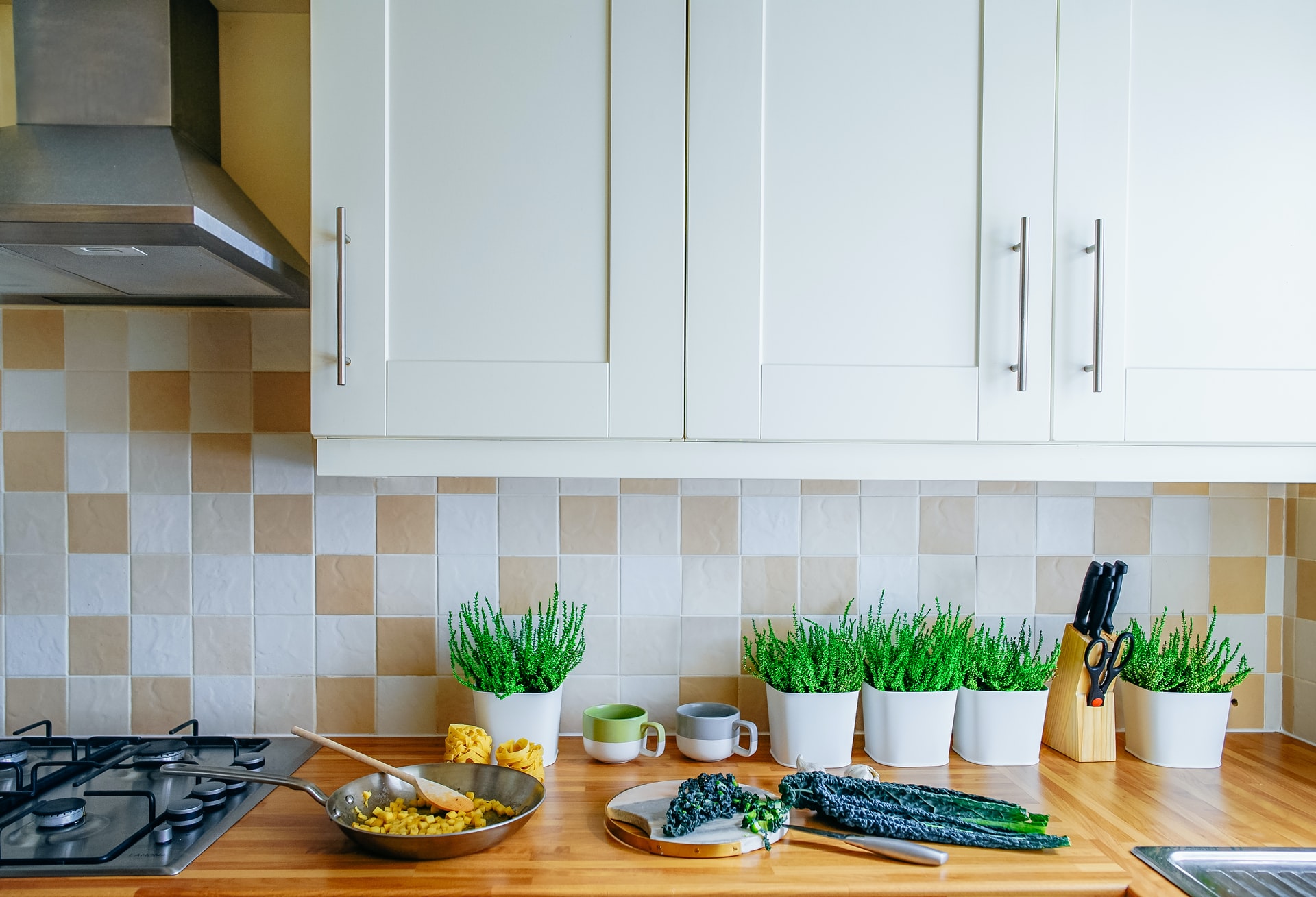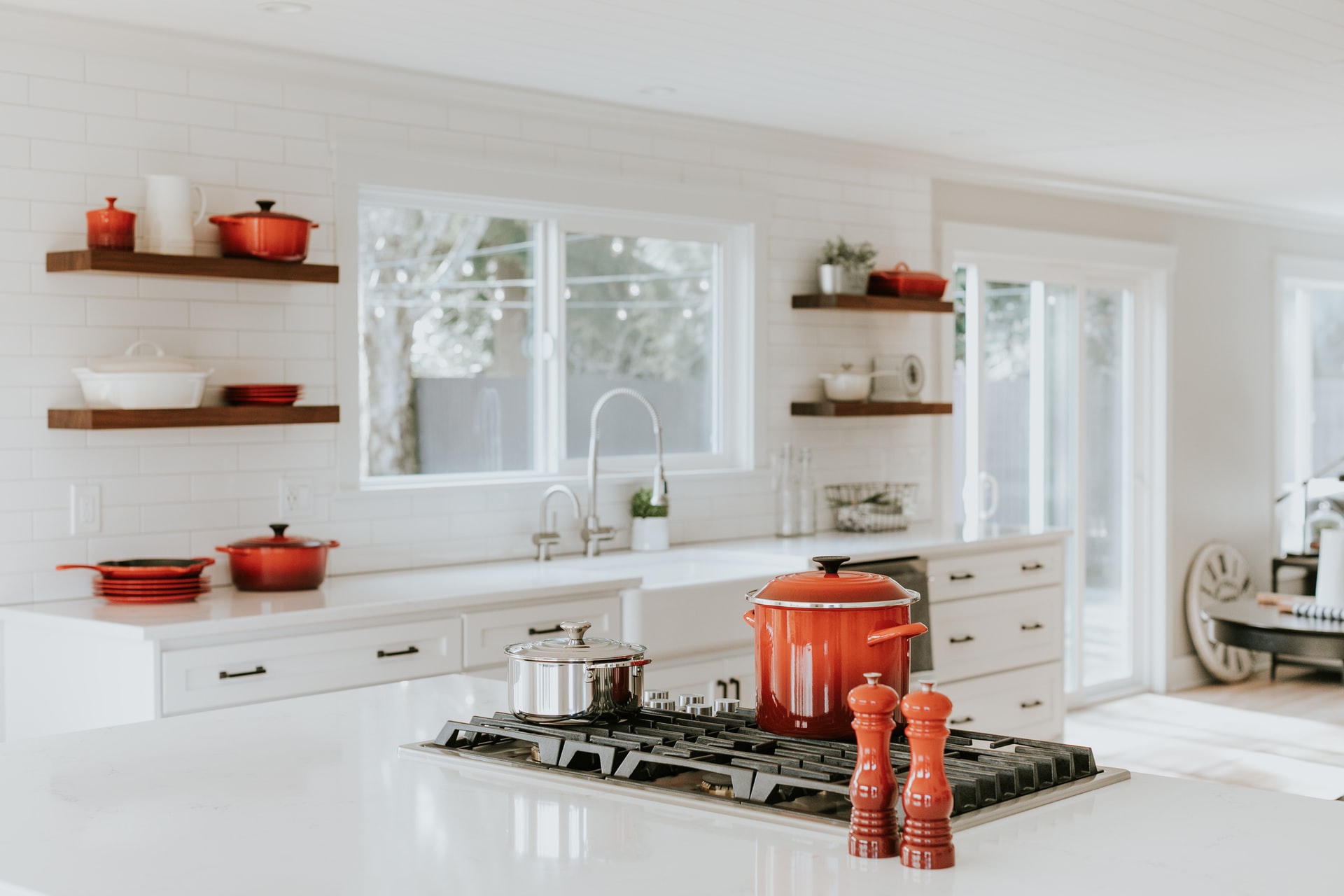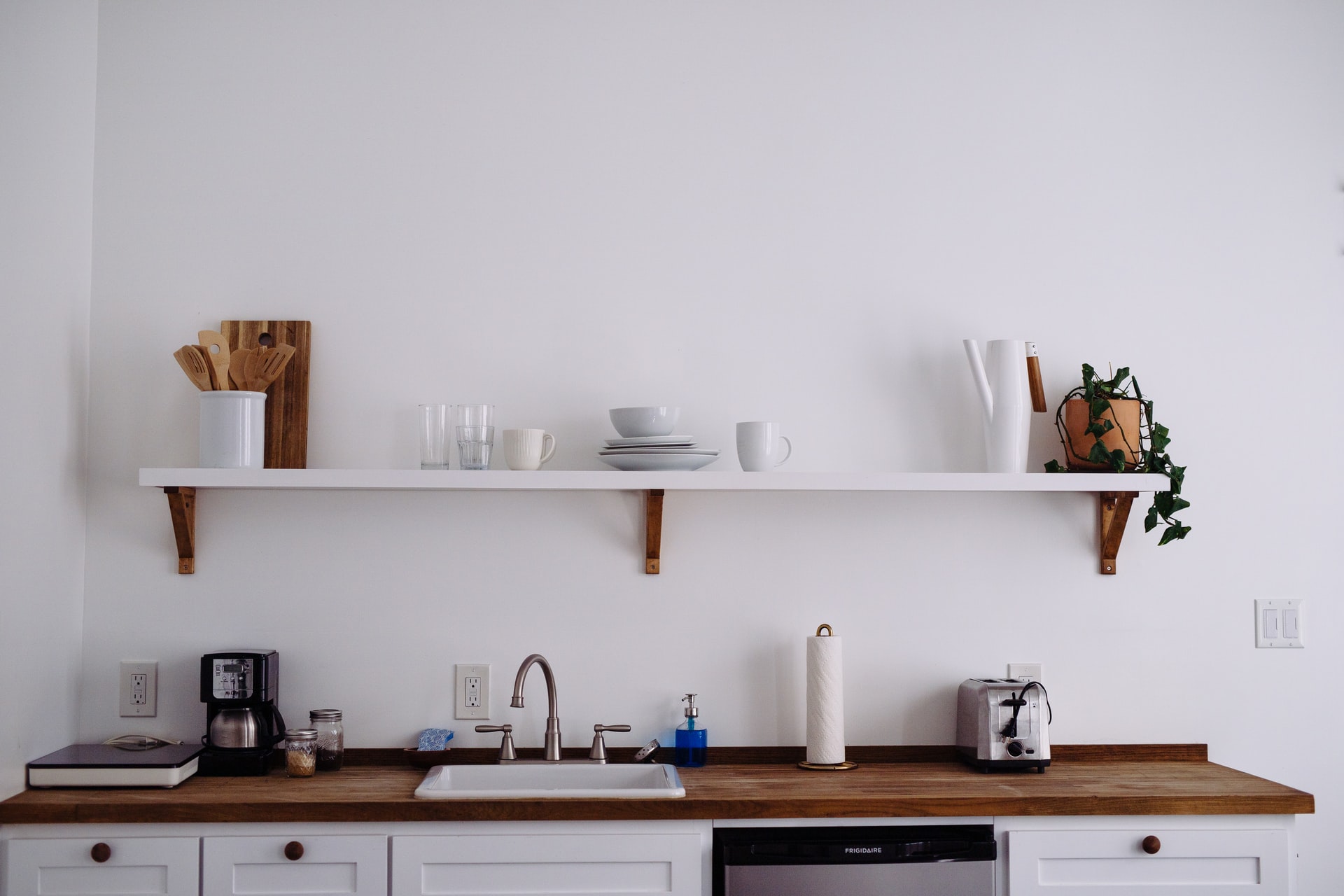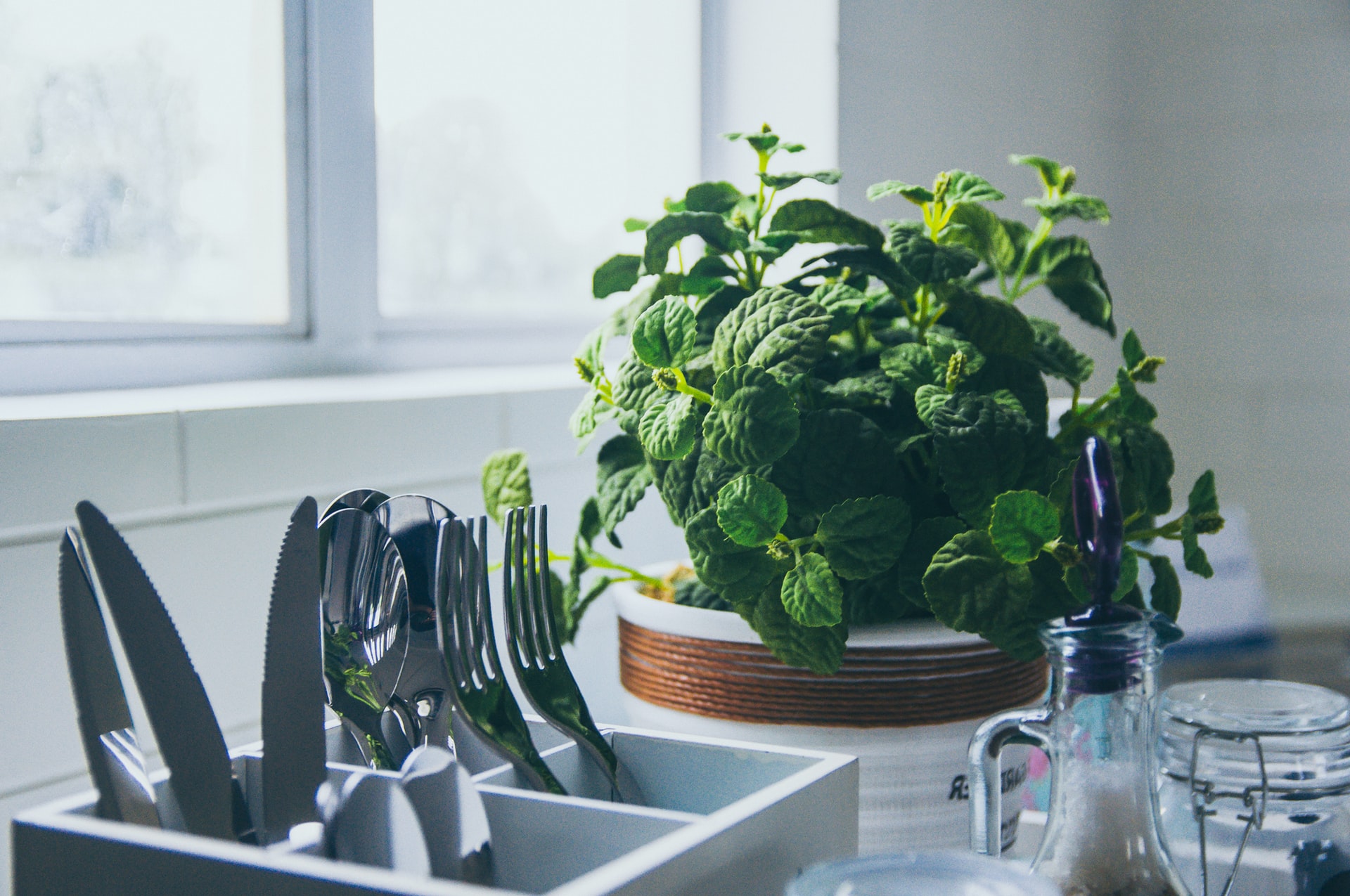Dreaming of a kitchen makeover but worried about the cost? Renovating your kitchen doesn’t have to break the bank. With some creativity, strategic planning, and savvy shopping, you can transform your kitchen into a stylish and functional space without spending a fortune. In this post, we’ll explore budget-friendly kitchen renovation ideas that allow you to make big changes on a small budget. Painting Cabinets for a Fresh Look One of the most cost-effective ways to update your kitchen is by giving your cabinets a fresh coat of paint. Choose a trendy color or classic white for a clean and modern look. Consider replacing old hardware with new knobs and handles for an added touch of style. DIY Backsplash Installation Enhance the visual appeal of your kitchen with a stylish backsplash. Opt for budget-friendly materials like peel-and-stick tiles, beadboard, or even paint. With some basic DIY skills, you can achieve a custom look without the high cost of professional installation. Upgrading Countertops with Affordable Options While granite and quartz countertops can be expensive, there are plenty of budget-friendly alternatives available. Consider options like laminate, butcher block, or concrete for a durable and stylish surface that won’t break the bank. Maximizing Storage with Organizational Solutions Improve the functionality of your kitchen by maximizing storage space with clever organizational solutions. Install wire or slide-out shelves in cabinets, hang hooks for pots and pans, and add baskets or bins to corral small items. These simple upgrades can make a big difference in keeping your kitchen clutter-free. Updating Fixtures and Lighting Replace outdated fixtures and lighting to give your kitchen a modern and cohesive look. Swap out old faucets, cabinet hardware, and light fixtures for updated styles that complement your overall design aesthetic. Look for budget-friendly options at home improvement stores or online retailers. Repurposing and Upcycling Furniture Get creative with furniture repurposing and upcycling to add character and charm to your kitchen. Consider using an old dresser as a kitchen island, repurposing vintage crates as shelving, or refinishing a thrifted table as a dining area. These unique touches can add personality to your space while saving money. DIY Flooring Solutions Revamp your kitchen flooring with budget-friendly DIY options like vinyl plank flooring, laminate, or peel-and-stick tiles. These materials are easy to install and can give your kitchen a fresh new look without the high cost of professional installation. Enhancing Natural Light with Window Treatments Make the most of natural light in your kitchen by updating window treatments. Choose lightweight curtains or blinds that allow sunlight to filter in while providing privacy and style. Consider DIY options like fabric panels or bamboo shades for a custom look on a budget. Renovating your kitchen on a budget is entirely achievable with the right planning and creativity. By focusing on cost-effective updates like painting cabinets, DIY installations, and repurposing furniture, you can transform your kitchen into a stylish and functional space without breaking the bank. With these budget-friendly renovation ideas, you can make big changes that will have a lasting impact on your home without draining your wallet.

